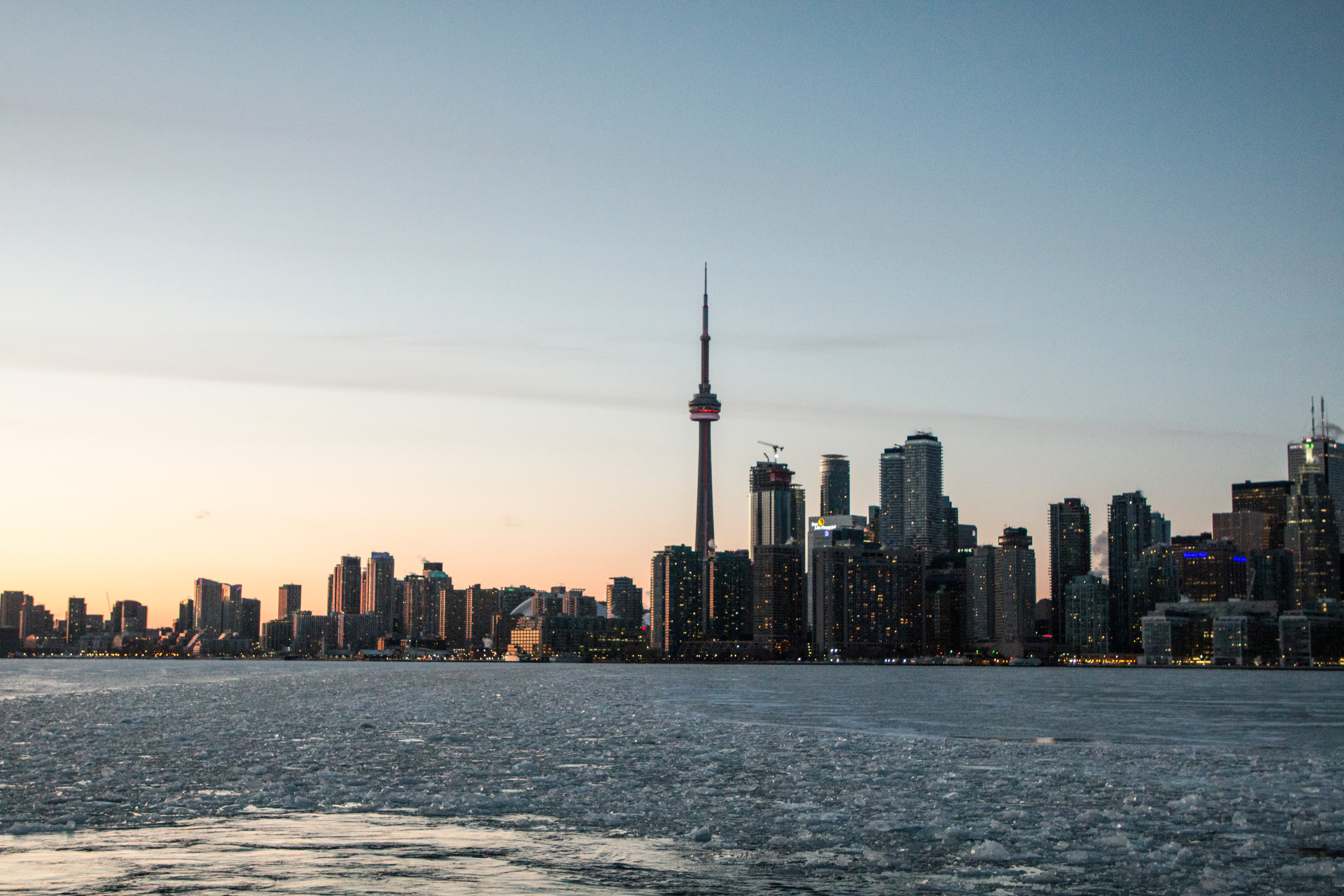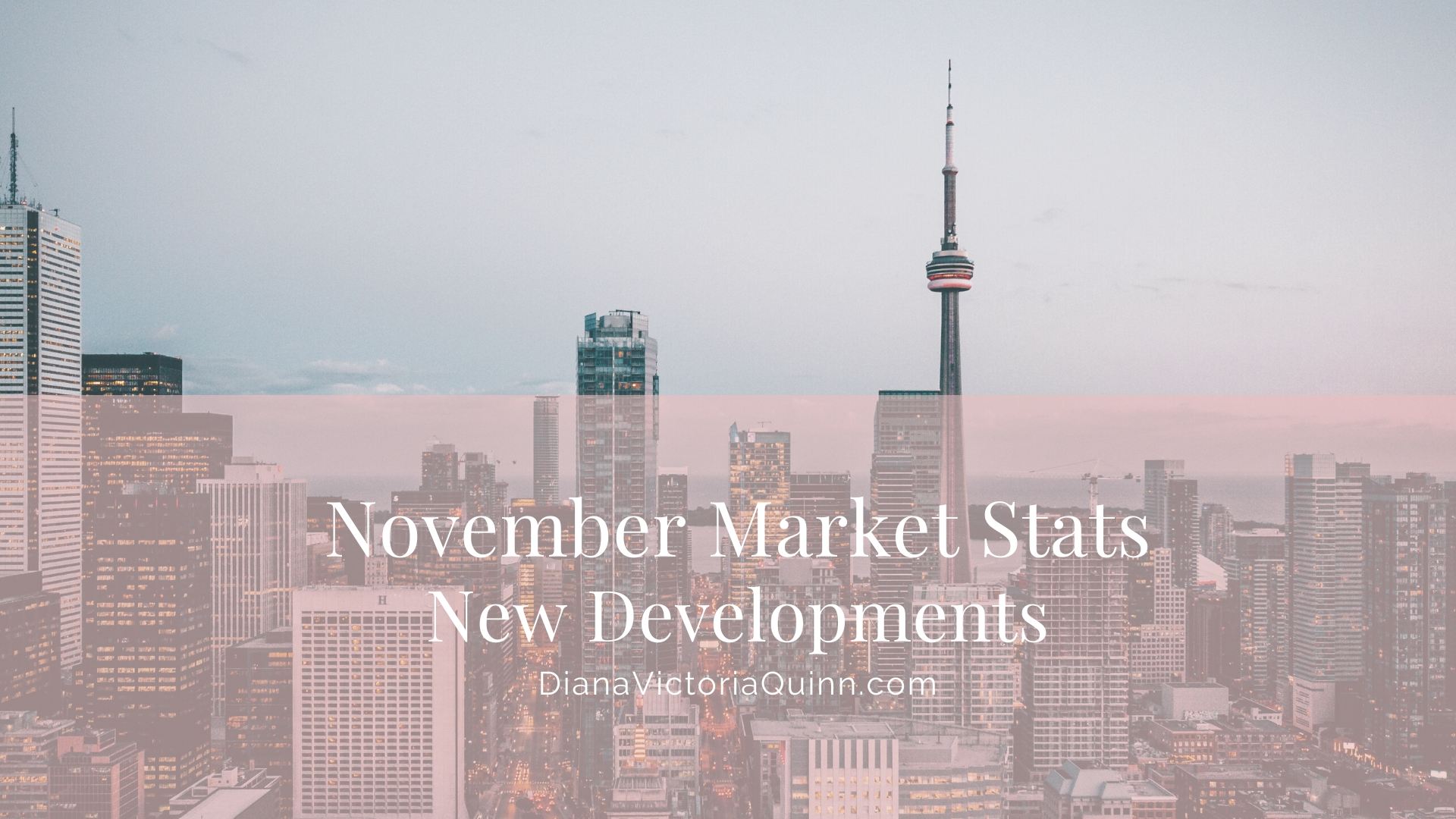If you’ve followed Toronto’s new condominium market over the past 10 years, it’s been quite a ride.
At the start of 2009, it was all doom and gloom, as the U.S. housing market crash and global contagion had the Toronto development industry players holding their breath. Forecasts called for 4,000 new condo sales in the Greater Toronto Area (GTA) that year, and with 930 sales in the first quarter, those predictions looked to be bang on.
But consumer confidence turned quickly in the middle of that year, and over 16,000 new condos sold in 2009.
By 2011, confidence reached an all-time high, as sales reached 28,000.
As it does, sentiment changed again, and by mid-2012, the bullish narrative regarding offshore capital, overvalued suites, and over-leveraged buyers was widespread. As a result, the pre-construction sales market was relatively slow for the next two-and-a-half years.
Housing bears were on the edge of their seats waiting for the flood of units sold from the 2011 boom to complete, which they felt would lead to a major oversupply, a mass sell-off by investors, a large crash in values, cheap rents and a U.S.-style downward spiral.
As you know, it didn’t happen.
New condo sales remain strong
New condo sales in the GTA have been very strong from 2015 to today, and prices continue to increase. Despite the 35 per cent gain in 2017, which in most markets would have led to sharp and immediate correction, the market hasn’t experienced a major slump (yet?).
Developers have had to navigate through significant obstacles, including the elimination of the OMB, higher development fees, a huge spike in construction costs, more restrictive planning frameworks, increased NIMBY pressures and negative media attention around cancelled projects.
At the same time, new condo buyers and investors have had to deal with a new mortgage stress test, higher interest rates, rent control and a foreign buyers tax.
However, a couple of the seemingly negative changes listed above, may actually help the market in the long-run.
The record number of units under construction led to higher construction costs and longer construction periods, with CMHC reporting it takes the average Toronto CMA projects 27-30 months from footings to occupancy.
This ever-expanding duration from purchase to closing is a deterrent for end-users, but essential for investors.
Costs have driven new condo prices to $1,200 to $1,400 per-square-foot downtown, much higher than the resale market, and the longer construction period allows existing condo prices and rental rates to appreciate enough to justify paying this premium.
Rent controls benefit new builds
Rent control is good for the tenants that have it and don’t want to move, but terrible for the rental market overall.
That said, the current rules are actually good for new condo developers, as there is no rent control on buildings completed after November 2018, but rent control on all other units. This has resulted in many investors selling their built units to buy pre-construction units.
That investor selloff, coupled with fewer people moving, the mortgage stress test, and higher interest rates have reduced rental supply and increased rental demand.
So, what’s ahead of us?
The next five years will be very telling about the future of the new condo market.
Can investors make money buying $1,300 per-square-foot condos? If not, how do developers hit absorption targets without selling the majority of their suites to investors?
Will we get more ultra-luxury boutique projects? Will we get drastically fewer projects, but the ones we do get are 85-storey mega-developments funded by institutional capital, similar to what we see in New York?
Will we see an explosion of co-living, traditional rental apartments, extended-stay hotels, or student dorms that let you stay for two years after graduation?
Developers and investors will continue to determine if the market will stay healthy. Developers must have a discipline to purchase land smartly and avoid overpaying and driving end-selling prices to unaffordable levels.
Investors must have the patience to research and understand all of their options, the merits of each new development, and value proposition to support the new condo projects that are appropriately priced, while ignoring excessively overvalued developments.
The high-rise industry managed to survive the bubble-like price growth of 2017. However, despite the resilience and creativity shown by developers over the past 10 years, history suggests it won’t survive the next bubble.
Source: Renx.ca
Featured Projects
Please visit here for a list of active and coming soon projects.


